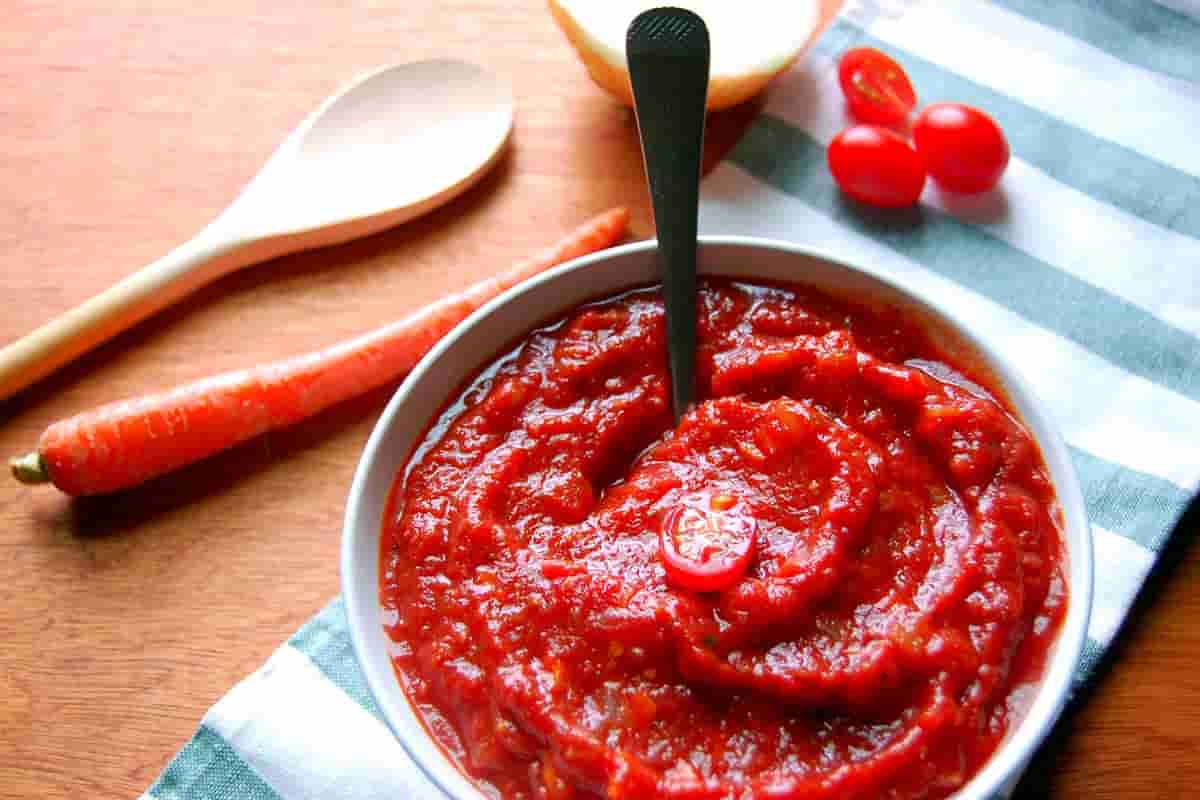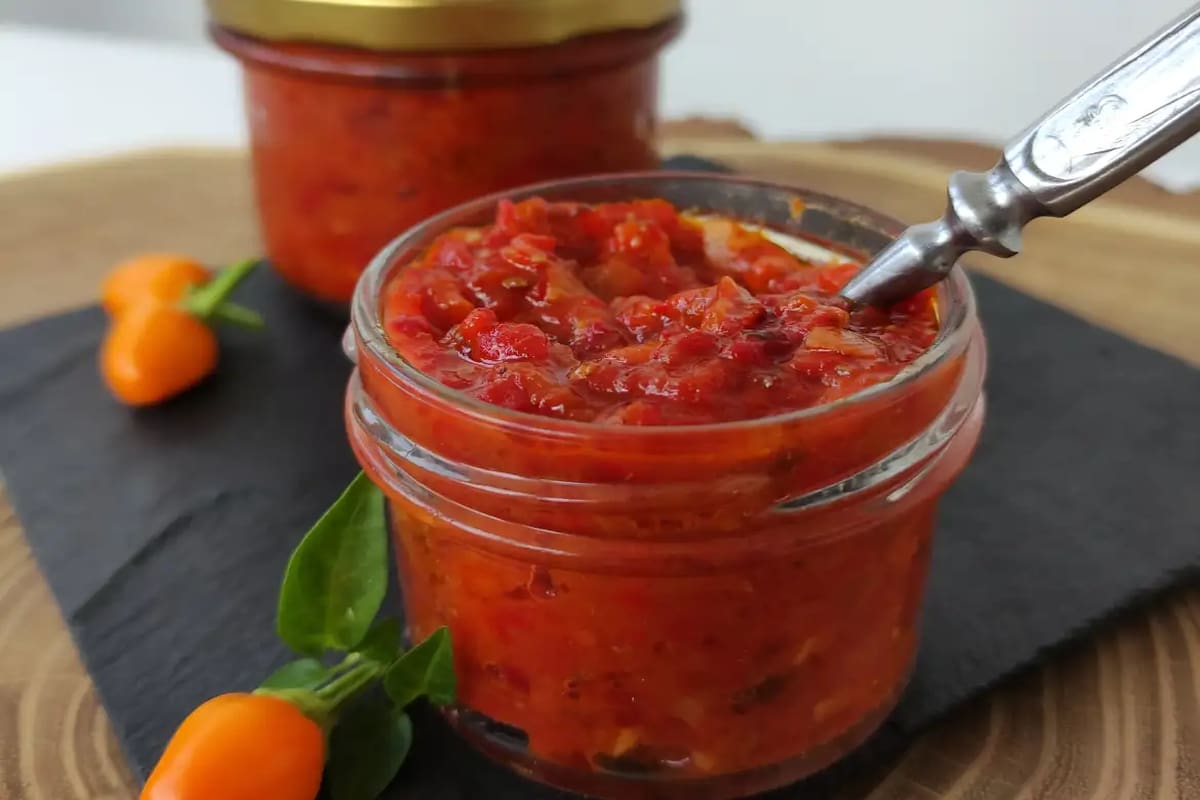To learn how you can make tomato paste and what is the way to use it, keep reading and reading. Having it salted or unsalted is all up to your taste.
This homemade tomato paste is a traditional component found throughout the Mediterranean, which is elevated in terms of color, thickness, and flavor.
The production of tomato paste is analogous to reducing tomatoes to their most concentrated form, which results in an elevation of the tomato’s most vivacious and robust flavors.
When we are up to our necks in tomatoes in August, we want to discover practical ways to store them so that we can use them throughout the winter. Because it requires so little storage space, tomato paste is the optimal condiment to use.
I had so much fun preparing this dish because I knew I was following a technique that had been passed down to a family in Lebanon from generation to generation. I pictured her working the tomato sauce over a wood fire until it was reduced to a thicker consistency.
Even though I was using a gas stove, I had the impression that I was employing an age-old method of reduction.
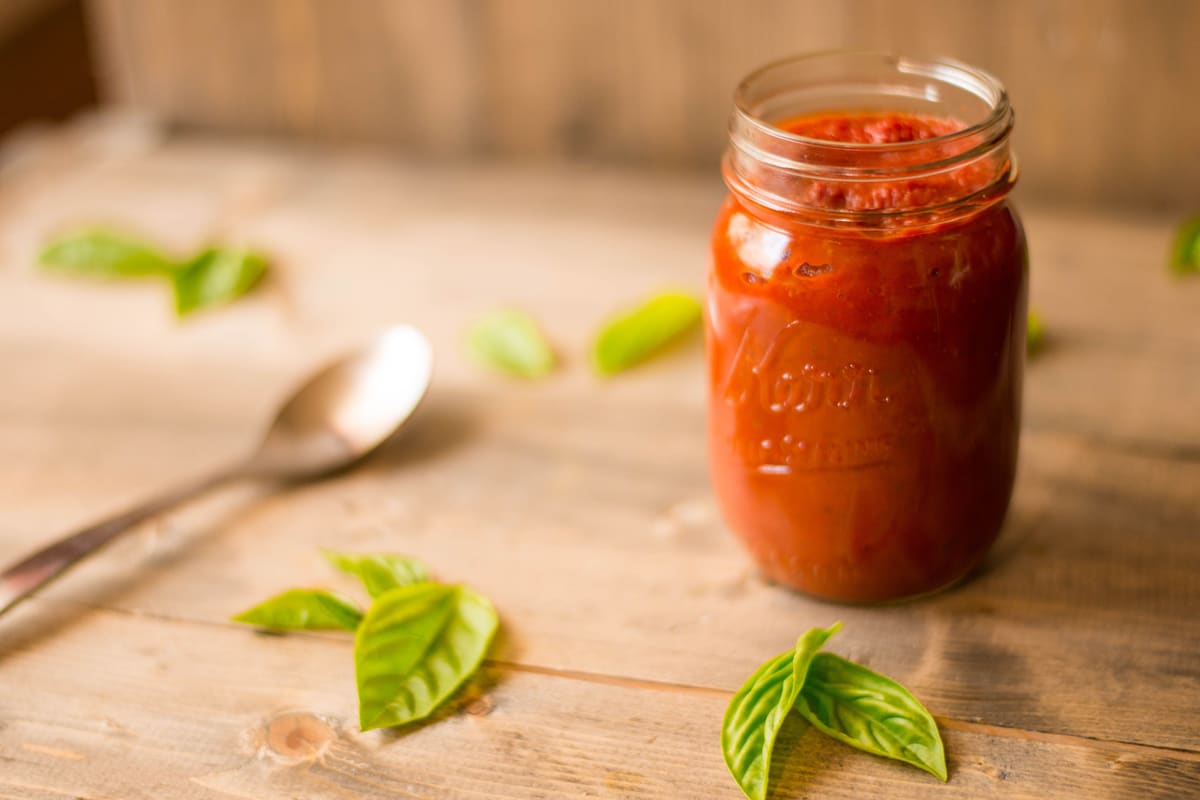
There is an additional benefit that results from completing this dish as well!
It is possible to save the tomato water that is drained out near the beginning of the process and use it later to make rice in the style of Spain, to flavor soups, or even to make tomato juice cocktails. These uses can be accomplished by freezing the tomato water.
Why Should You Make Your Tomato Paste?
The tomato pastes you create at home, as opposed to the tomato paste you buy in the shop, will turn out somewhat caramelized and will have a LOT more taste.
In my opinion, tomato paste that comes from a can has a slightly metallic flavor, but that flavor is not present in this recipe at all. This tomato paste has a flavor that is substantial and slightly sweet, making it an excellent addition to any dish that requires it.
One of the pleasurable aspects of preparing your tomato paste is picking the tomatoes that will result in the most flavorful and visually appealing paste. To top it off, it tastes even better when tomatoes are in season. Instead of using heirloom varieties of tomatoes, which have less meatiness and more water content, I would recommend using ripe plum tomatoes or normal tomatoes.
Last but not least, turning an abundance of tomatoes into tomato paste can be an excellent way to preserve them when tomato season rolls around. This tomato paste is very easy to can or freezes for later use.
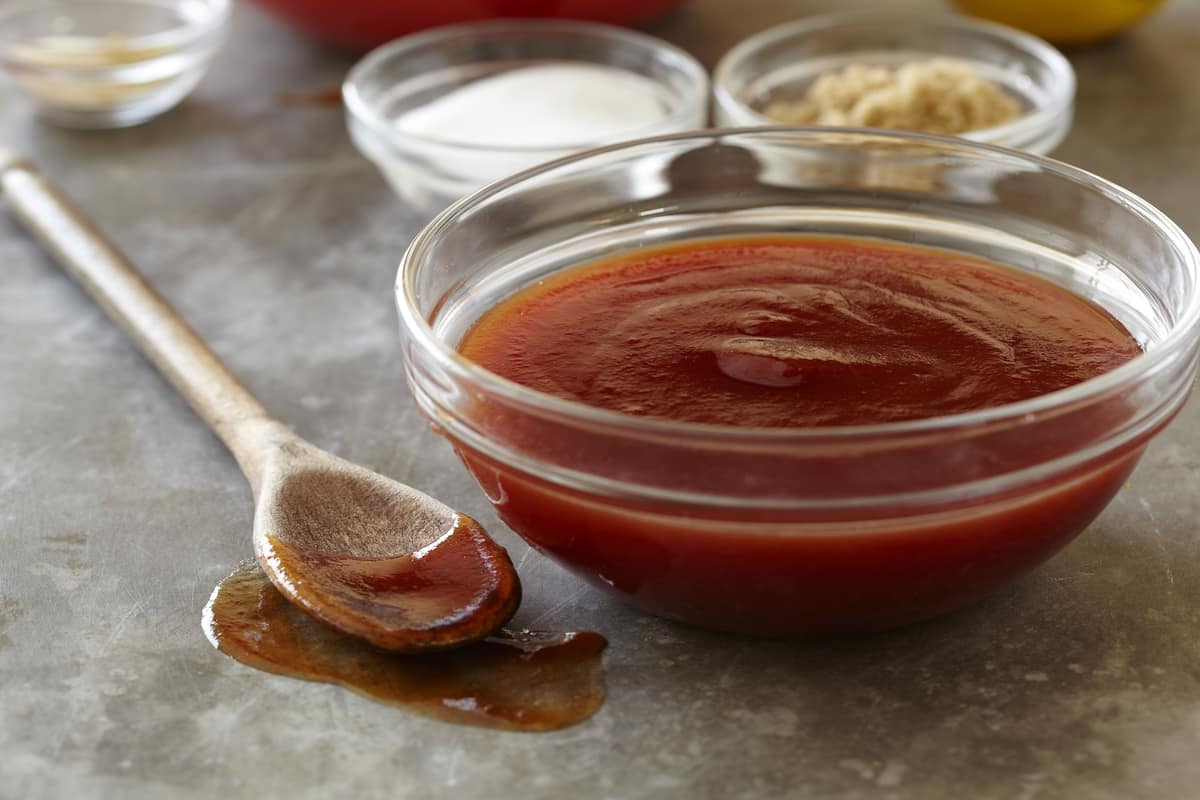
You can put it in an ice cube tray and freeze it so that you can use it only a little bit at a time. This prevents you from having to open a can and then consider what to do with the remaining contents of the can. Especially in cases where the recipe calls for the standard 1 to 2 tablespoons of the ingredient.
The tomato paste can be frozen in an ice cube tray. Here’s a helpful hint: This will portion out the recipe, and after that, you can remove the cubes, place them in a plastic bag, and store them in the freezer for up to nine months.
How to Use Homemade Tomato Paste:
Tomato paste is a staple ingredient in classic dishes from Italy, but it is also incredibly useful in a wide variety of dishes from other Mediterranean cuisines.
Pasta dishes, stews, soups, and chilis can all benefit from their ability to impart flavor, color, and thickness. With the help of this recipe, you can prepare a quantity of tomato paste that will meet all of your requirements for preparing a variety of traditional recipes from the Mediterranean.
You also know what’s great about making tomato paste that you’re very proud of, right?
It is capable of shining on its own. You could just try it on top of a slice of crusty baguette with some extra virgin olive oil and some feta cheese. You will be grateful to me. You need to realize that the real Mediterranean Diet is all about preparing food that is straightforward yet delectable.
INGREDIENTS :
- 8 kg of tomatoes
- 1 teaspoon of salt
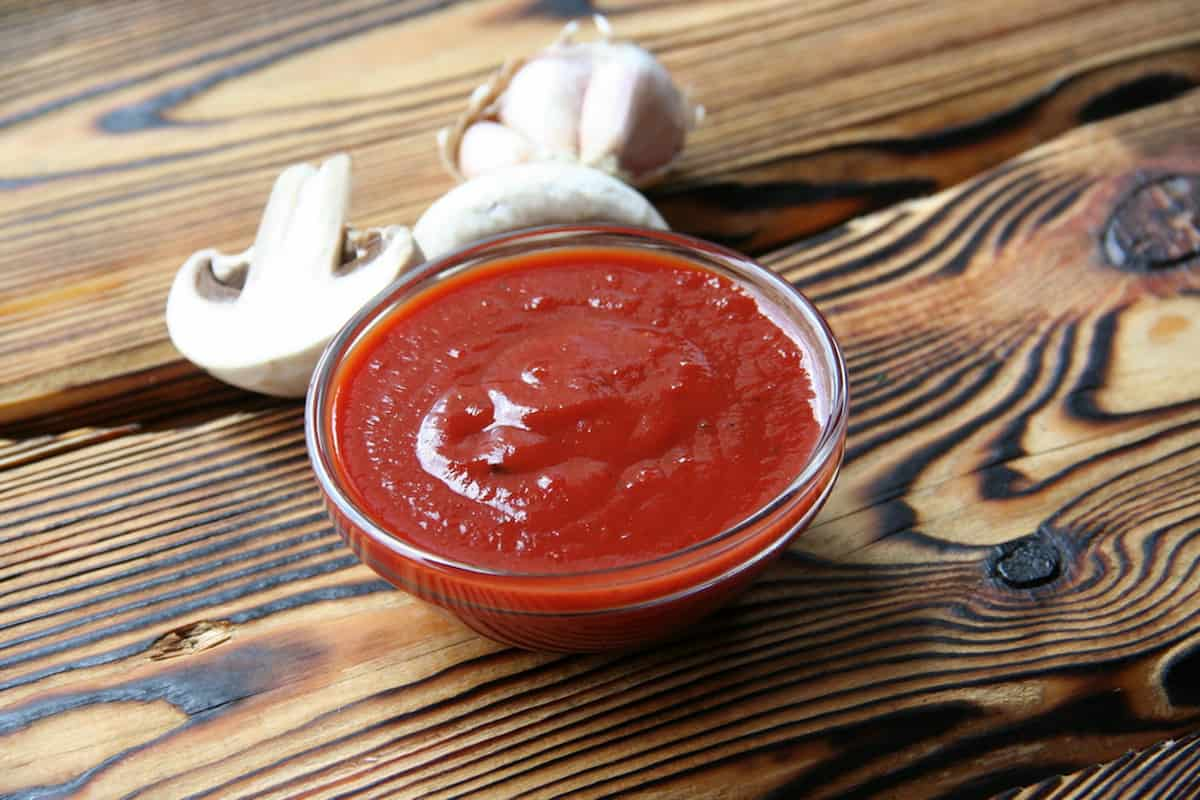
INSTRUCTIONS:
- Clean the tomatoes with water.
- The tomatoes need to be peeled. You can accomplish this by gently cutting an x across the bottom of the tomato, cutting only the skin and not any deeper, and then place the tomatoes in a saucepan of boiling water for one minute. This will allow the tomato skin to peel off easily. After that, put them in a basin that is filled with ice water. After they have cooled, the skins should be removed by hand. They will come off without much difficulty.
- The tomatoes should be cut up into bite-sized pieces. Place them in a large pot, cover them with water, and bring them to a boil. Continue doing this until the tomatoes are completely cooked.
- Pour into a colander with a fine mesh so that the liquid may be strained out. (the liquid should be saved for use in other recipes!)
- After draining the tomatoes, put them in a blender and give them a good whirl.
- Put the blended tomatoes in a saucepan of a smaller size and boil them over medium heat, stirring frequently, until all of the water has evaporated, which should take between 15 and 25 minutes.
- As soon as you have the impression that the tomatoes are turning into a paste, you should add coarse salt and mix everything very thoroughly.



